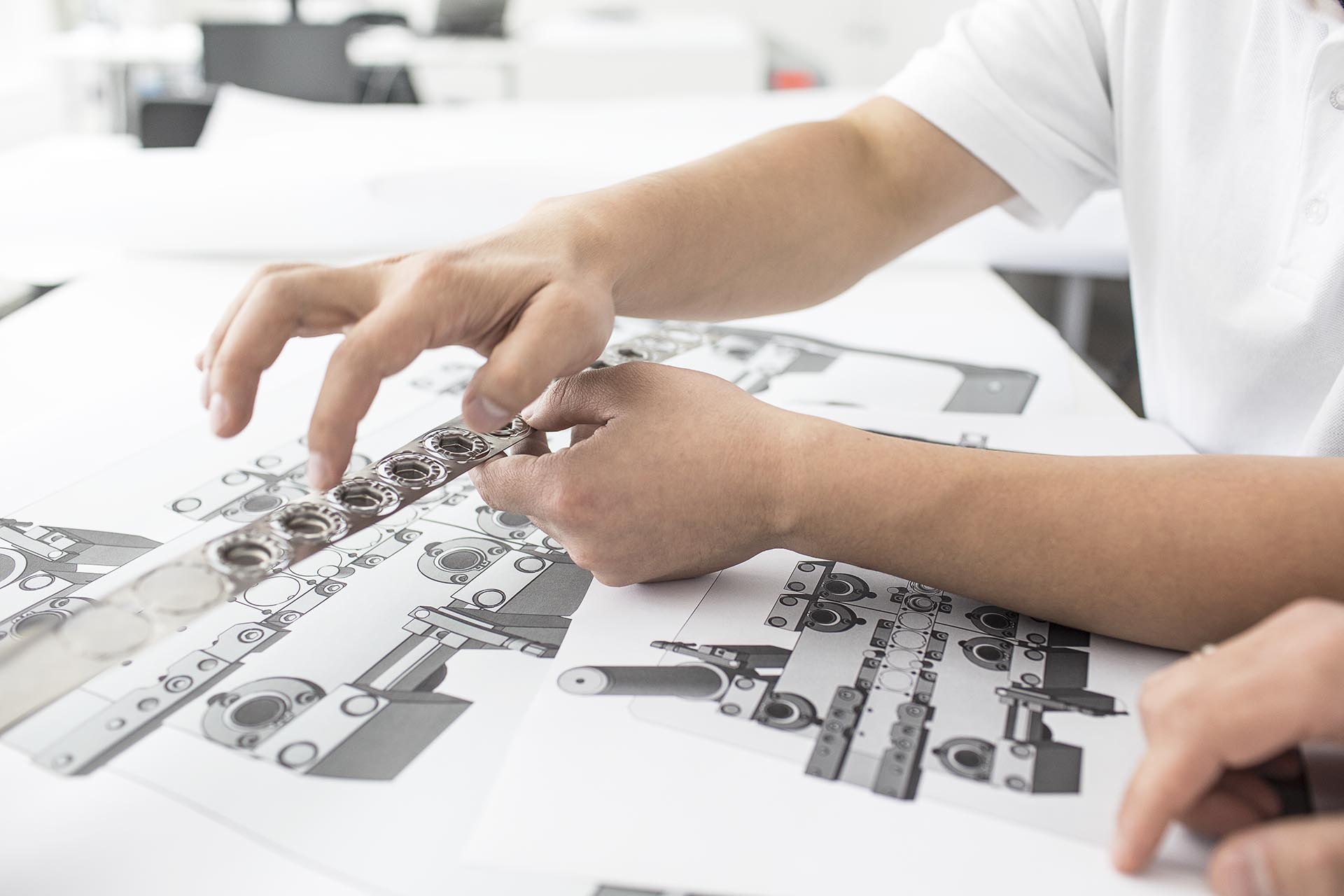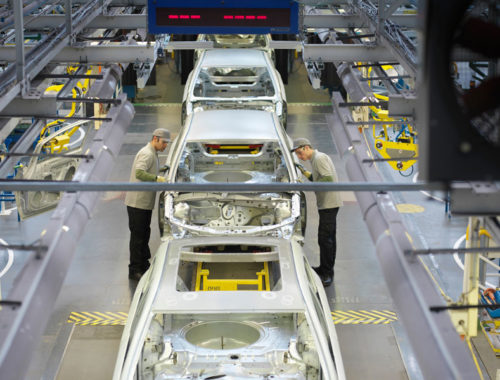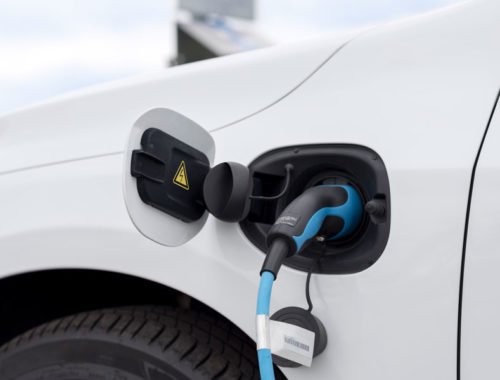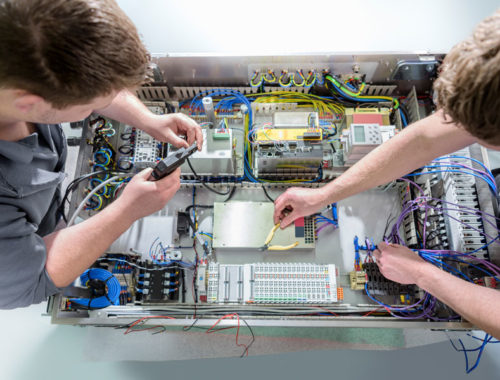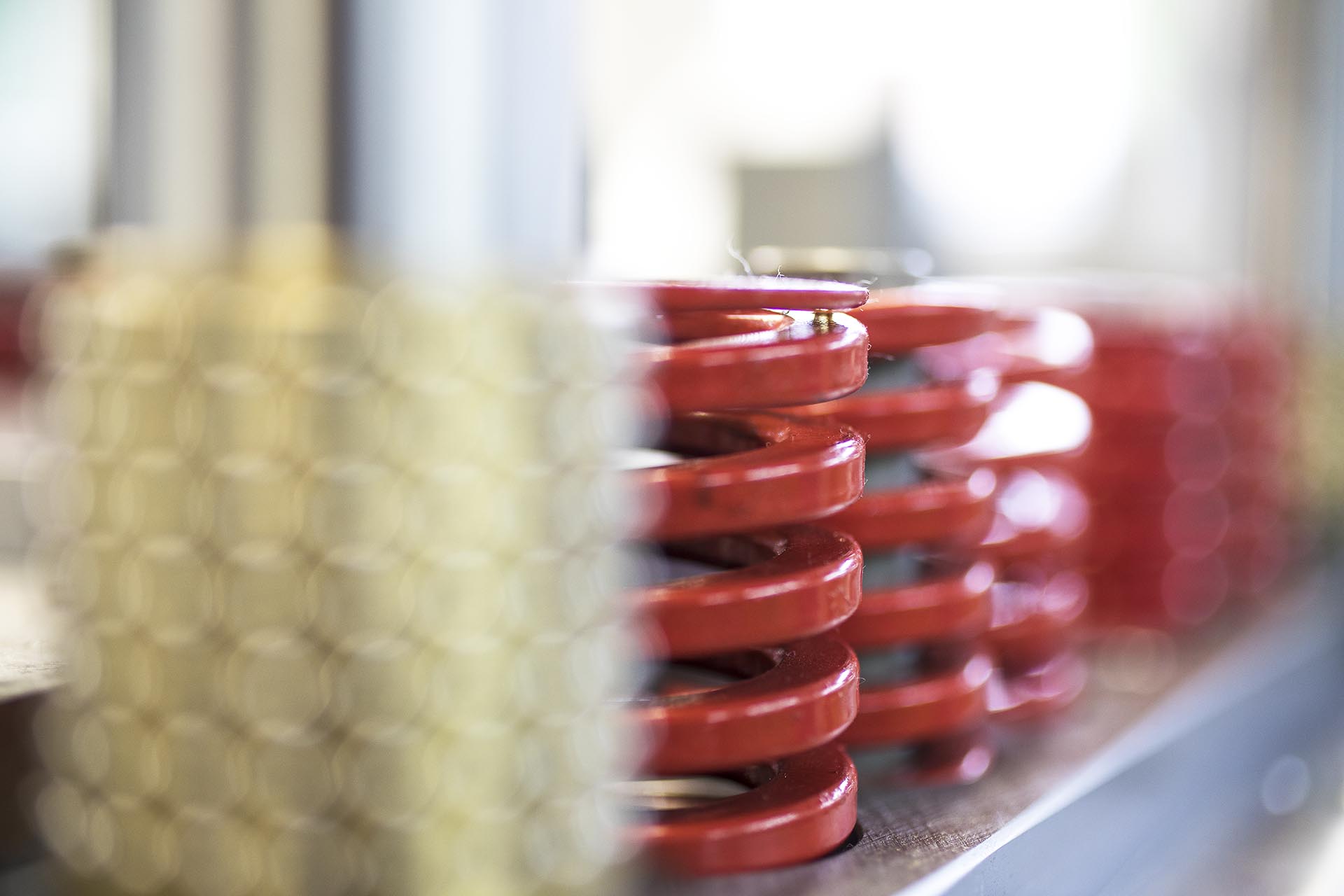
Moulding/Overmoulding
Plastic injection moulding has developed into the most frequently used process for the production of plastic parts in the plastics industry over the last few years. The advantages of the insert moulding process are: Production speed.
With the modern injection moulding process it’s possible to manufacture a large quantity of identical plastic products within a short space of time. The process has several features, which make the positive difference, particularly when manufacturing complicated shaped parts as mass-produced items compared with conventional processes.
In detail these features include:
-
Direct pathway from raw material to finished part
-
No or only very low post-processing of the shaped part required
-
Process can be fully automated and
-
high reproducibility of manufacturing and therefore reduction in reject rate
As the customer of Kaizhong Vogt, you can agree on and discuss all the processing specifications. The wide range of uses of the insert moulding process means that we can be your point of contact for projects in many different industries.
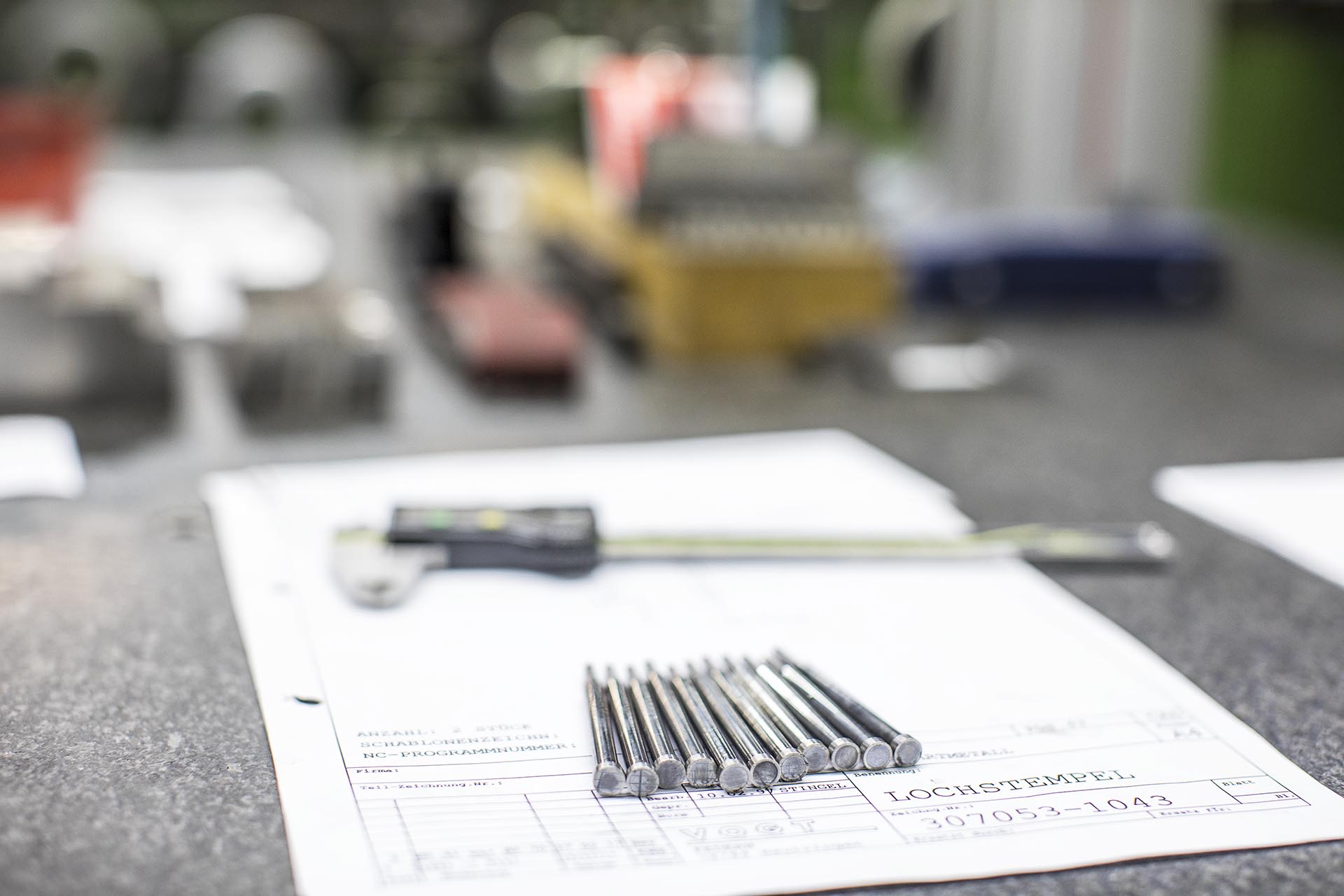
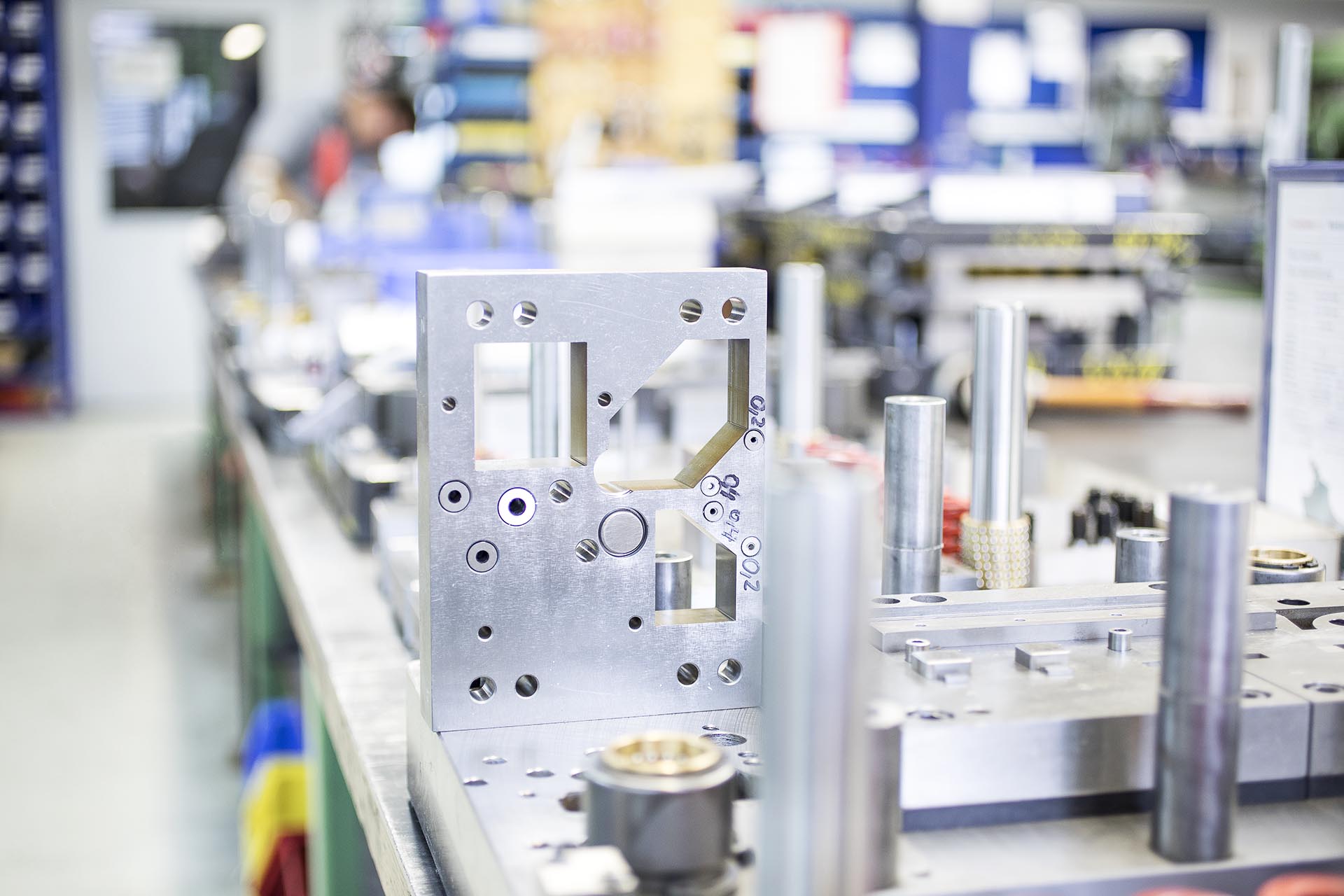
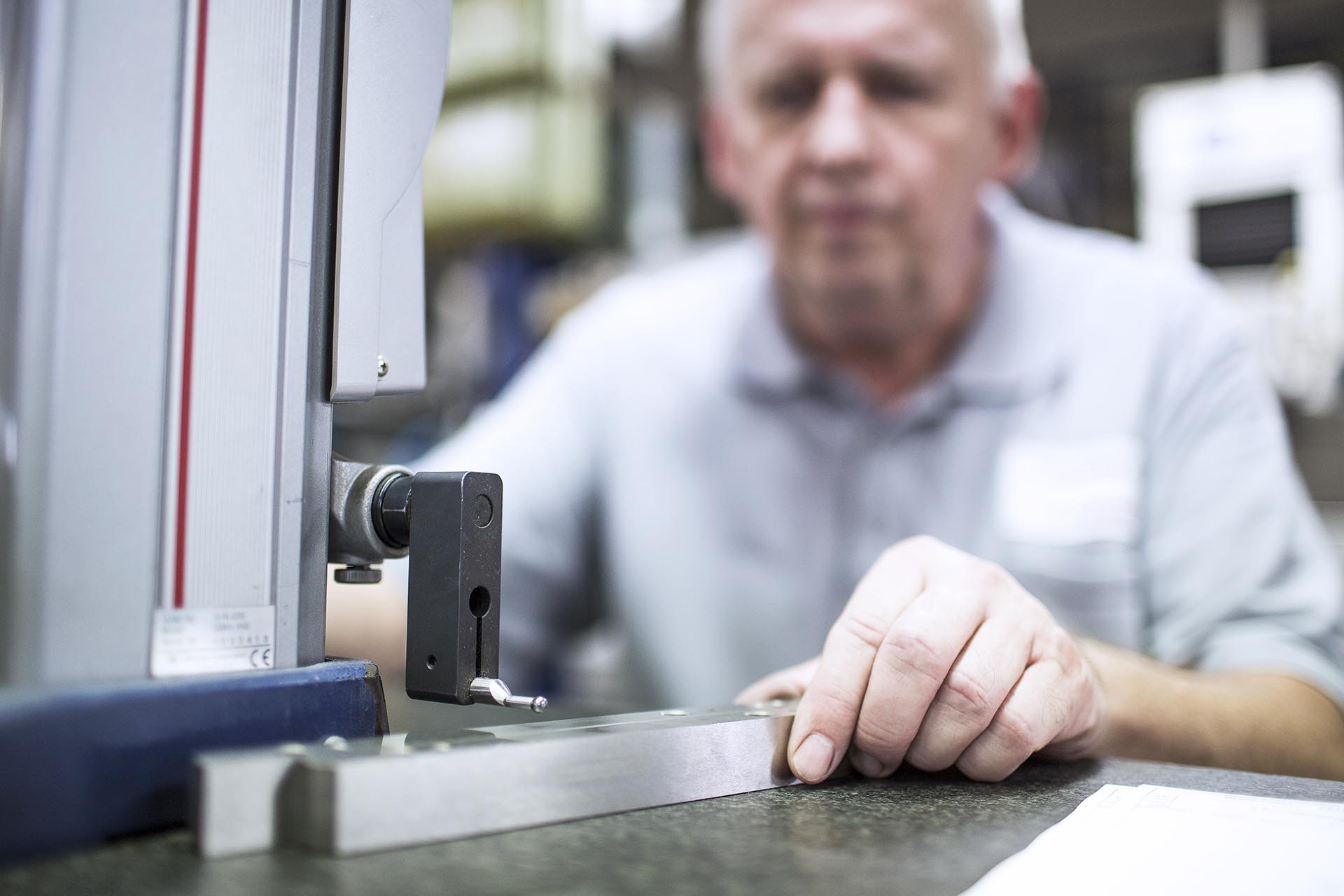
Areas of application for plastic injection moulding
Hybrid technology using plastic and metal means special requirements regarding materials and components can be satisfied. A large number of advantages arise here above all with regard to lightweight construction, flexible product usage and special features compared with pure metal pieces. The areas of application for plastic injection moulding are wide-ranging. Nowadays you will nearly always find a product near you, which was produced or treated using insert moulding technology.
The reason for this is the broad scope of options for use. The range of shaped parts able to be made using injection moulding stretches from the smallest toothed wheels or bearings right up to large waste containers. The weights of the relevant shaped parts therefore also range between one milligram and 100 kilograms.
The materials used today include:
-
thermoplastic
-
curable plastics
-
elastomer and
-
metal(s)
Metals used traditionally in the manufacture of plastic parts are now being increasingly frequently replaced by heat-resistant high-performance plastics.
Mode of operation & process of plastic insert moulding
As already mentioned, the majority of insert moulding processes are fully automated.
Overall plastic insert moulding can be broken down into four phases:
-
Injection moulding phase
-
Cooling phase
-
Recycling phase
During insert moulding the plastic inserts are automatically placed in the tool as granulate or in the form of pellets. The insert moulding cycle then runs – The injection moulding machine heats the plastic and brings it to melting point, the melted plastic is then pressed into its mould via the nozzles. The hollow inside the mould is now filled with liquid plastic, which cools down and solidifies.
Insert moulding of inserts – testing of increasingly complex components requires a continuous increase in know-how
A special case within insert moulding technology is the insert moulding of inserts. New problems are always occurring due to the many application options of hybrid components manufactured using injection moulding technology. One of these problem areas is the manufacture of a media-impermeable composite when inserts are insert moulded. This composite is required in many areas of business for technical hygiene reasons.
It has led to increasing requirements regarding impermeability – a problem, which makes decades of know-how in the specialist field of injection moulding necessary. Testing the components in accordance with IP protection ratings including testing with gas-shaped media, or an impermeability test through the differential pressure method – with our expertise and experience we can be at your side as a partner to answer all your questions.
If you are interested in collaboration, please contact us so that we can stand at your side during the next stages from advice to the end-production of the finished product.
